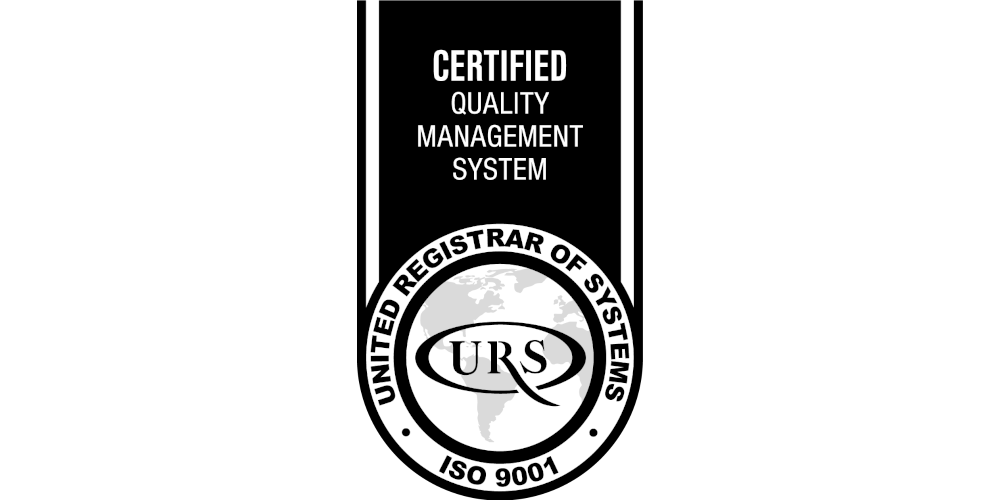In the ever-evolving landscape of medical technology, clarity and direction are paramount. As we witness groundbreaking innovations, there arises an increasing need for guidelines that ensure the safe and effective use of these novel devices. This is where the MDCG 2021-24 steps in, offering a comprehensive guide on the classification of medical devices.
Delving Deep into the MDCG 2021-24
The Medical Device Coordination Group (MDCG), in October 2021, unveiled a pivotal document titled “Guidance on classification of medical devices.” While it’s essential to note that this isn’t an official European Commission document, its endorsement by the MDCG elevates its significance, making it an indispensable resource for all stakeholders in the medical device sector.
The Cornerstone of Medical Devices: Why Classification Matters
Purpose of Medical Device Classification: At the heart of the regulatory framework lies the classification system. It’s not just about categorizing devices but ensuring that they undergo scrutiny proportional to their potential risks. This meticulous approach guarantees that both medical professionals and patients can place unwavering trust in the devices they use.
Practical Relevance of Classification: Beyond the theoretical, classification has tangible implications. Depending on how a device is classified, it must adhere to specific regulatory requirements, be it in terms of clinical evaluations, quality control, or post-market surveillance. This structured approach ensures that no stone is left unturned in safeguarding public health.

A Snapshot of Classification Categories
Non-Invasive Devices: These are devices designed to function without penetrating the body. They operate externally, ensuring patient safety without intruding upon the body’s internal workings.
Invasive Devices: Contrary to their non-invasive counterparts, these devices penetrate the body, either partially or wholly, through a body orifice or the surface. Their design and function demand a higher level of scrutiny due to the inherent risks involved.
Active Devices: Devices in this category require an external power source, be it electrical energy or another form. They are not solely dependent on the human body or gravity for their operation.
Special Rules: Classification isn’t always black and white. There are gray areas, and that’s where the special rules come into play. These rules provide clarity on unique devices or specific situations, ensuring that the classification process remains thorough and precise.
The guidance document is not just about listing categories. It offers a deep dive into the rationale behind each classification, coupled with practical issues and examples. This holistic approach ensures that industry professionals are equipped with the knowledge they need to navigate the intricate classification maze.
Wrapping Up
The MDCG 2021-24 isn’t just another document; it’s a roadmap for the medical device industry. In a world brimming with medical advancements, such guidance becomes an anchor, ensuring that innovations not only reach the market swiftly but also uphold the highest standards of safety and efficacy.
For a nuanced understanding and to grasp the finer details, stakeholders are encouraged to immerse themselves in the full MDCG 2021-24 document.
Link to the Guidance on classification of medical devices: https://health.ec.europa.eu/system/files/2021-10/mdcg_2021-24_en_0.pdf






